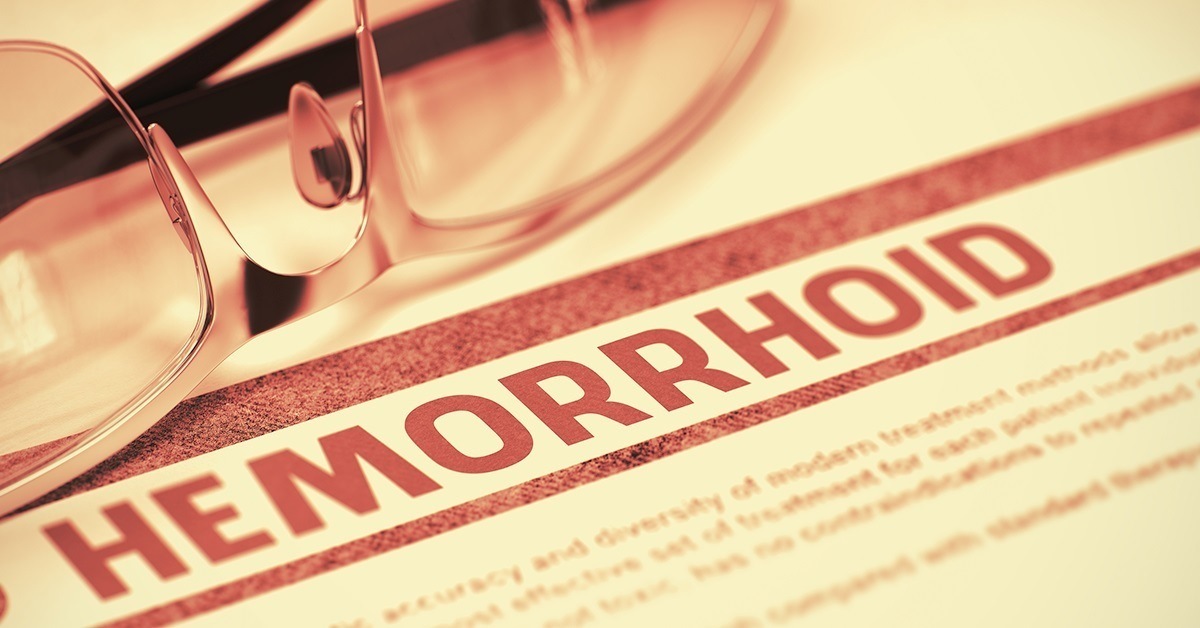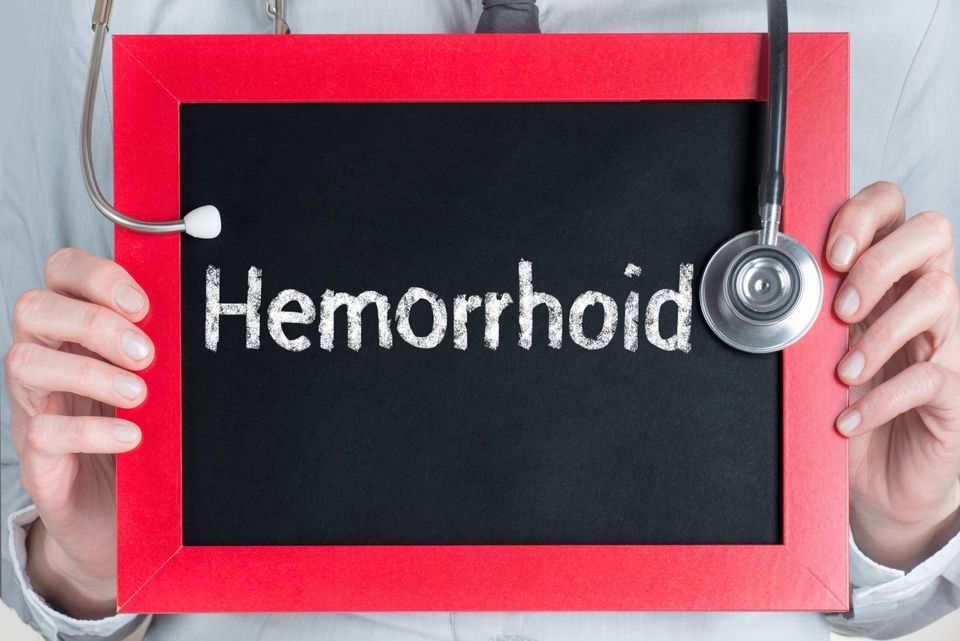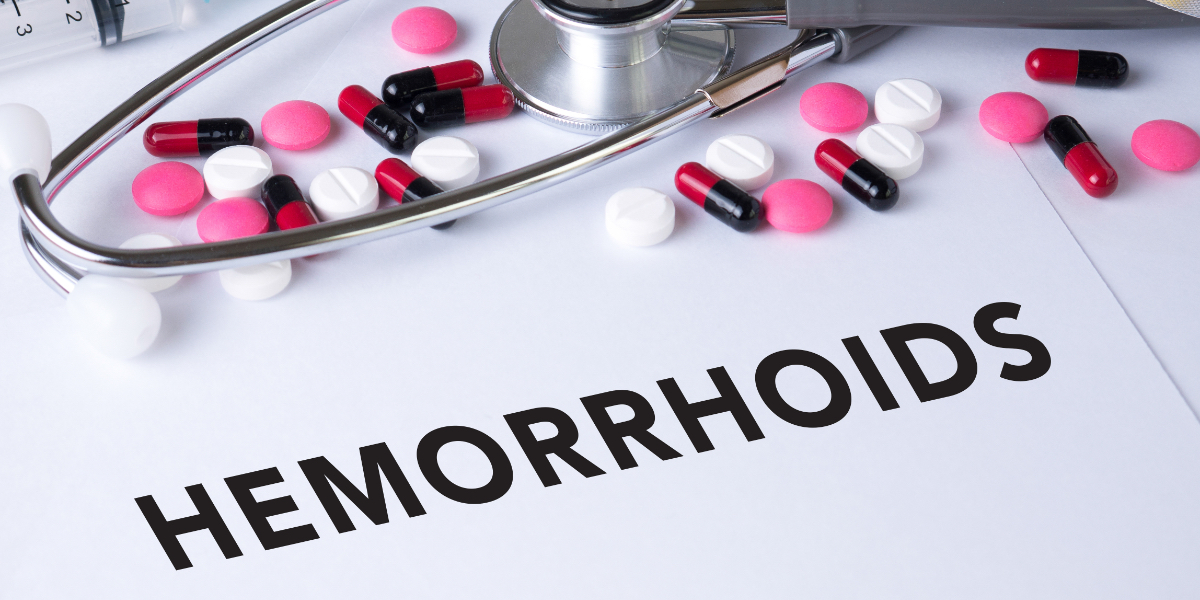How Do You Poop With Hemorrhoids? Does Pooping Hurts?
Being frightened of having to make an unpleasant trip to the bathroom is not enjoyable but how do you poop with hemorrhoids.
A squeaky wheel, on the other hand, gets the grease, and since around half of all individuals may have itchy or burning haemorrhoids at some time in their lives, there has been a significant amount of study conducted to find effective treatments for bothersome haemorrhoids. You are now entitled to reap the benefits of this!
In other words, if you have queries concerning how to defecate while suffering from a hemorrhoid, you can be certain that they have been asked many times before.
A proctologist for more than 30 years, I’ve spent much of my time addressing these and other (both metaphorically and literally) hot queries from my patients.
The suggestions in this article should assist you in obtaining instant relief and, hopefully, in making future bathroom journeys as painless as possible.
Hemorrhoid symptoms
The location of your hemorrhoid might affect your hemorrhoid symptoms. A hemorrhoid can cause the following symptoms:
- Swelling in and around your anus
- Itching or irritation on or near your anus
- Anxiety or pain on or near your anus
- Leakage of faeces
- Constipation that hurts
- Bleeding during bowel motions, which is usually painless. This bleeding may be seen on tissue or in the toilet.
- A sensitive or painful bump on or around your anus

A hemorrhoid can form internally (in your rectum) or outwardly (around your anus) External haemorrhoids can develop blood clots, resulting in a thrombosed hemorrhoid, which can be quite painful but usually resolves without treatment within a few days to two weeks.
What Causes Hemorrhoids?
Hemorrhoids are a normal part of human anatomy, but there are a few risk factors that might raise your chances of having symptoms. These are some examples:
- Constipation that persists
- Constraint during bowel movement
- Sedentism or a lack of physical activity
- arduous lifting
- Obesity \sPregnancy
How do you poop with hemorrhoids?
Your haemorrhoids will be placed under additional pressure if you strain on the toilet. The fact that haemorrhoids are protruded blood vessels means that increased pressure leads them to swell up and become more susceptible to tears or discomfort when a stool passes over them.
When sitting on the toilet, use a step stool to raise your feet; this shift in posture of the rectum allows for smoother transit of faeces.
Does Pooping with a Hemorrhoid Hurt?
When you go to the restroom, do you have a pain in the buttocks? This suggests that you are suffering with haemorrhoids at this time. While the physical discomfort may be a source of anxiety, you may take comfort in the knowledge that symptomatic haemorrhoids are quite frequent and that there are a number of relatively straightforward treatments available.
Symptomatic haemorrhoids are blood vessels that have become inflamed and infected. The longer you leave them angry, and the longer you continue to aggravate them during bowel movements, the more troublesome they will become.
Internal Hemorrhoids Vs. External Hemorrhoids
Before we discuss hemorrhoid pain treatments for the short- and long-term, let’s take a look at what haemorrhoids are and why they become a problem in the first instance.
Hemorrhoids are a normal part of the human anatomy, and everyone has them. Asymptomatic or problem haemorrhoids, which cause pain, itching, or burning, do not occur in every person.
In contrast to external haemorrhoids, internal haemorrhoids are located on the inside of your anal cavity, and external haemorrhoids are located on the surface of your skin. It’s just that both are blood vessels.
Internal and external haemorrhoids are rarely accompanied by any symptoms. The majority of people will experience symptomatic internal or external haemorrhoids at some point in their lives. Symptoms include pain, protrusion of the uterus, itching, bleeding, and other symptoms.

Occasionally, your haemorrhoids can become irritated by what you eat. A spicy food that is consumed in excess can lead to dehydration, as can eating too little fibre.
They can also become irritated by stress, which can result in gastrointestinal problems and irregular bowel movement. Other factors that contribute to obesity include not getting enough exercise, performing exercises that place too much pressure on your backside, and sitting for an extended period of time.
Hemorrhoids can become inflamed in a variety of ways, and it is critical that you consult with your doctor if you notice that your haemorrhoids are becoming a regular source of discomfort for you.
It is possible to prevent the development of symptomatic internal and/or external haemorrhoids with the assistance of your physician and this guide.
How to Relieve Hemorrhoid Pain During Bowel Movement?
First and foremost, avoiding hemorrhoid discomfort is the most effective method of avoiding it. That may include reducing your dairy consumption while increasing your fibre intake, or it could entail managing your stress in a manner that does not negatively impact your gastrointestinal system, among other things.
If you are prone to painful hemorrhoids, preventative methods are your best bet for future pain-free bowel movements.
If you’re battling with haemorrhoids right now, though, you’ll be relieved to hear that there are several treatment options that may provide you with instant or short-term relief from your condition.
Hemorrhoid creams available over-the-counter that need less strain
Stool softeners and Sitz Baths are available.
Don’t be too harsh with the toilet paper.
Strain Less and Reduce Time on the Toilet
As with reading or using your phone while in the bathroom, it’s easy to get sidetracked, but sitting on the toilet for an extended period of time may really be detrimental to your health and well-being.
As you sit, blood collects in your anorectal veins, causing additional straining of protruding blood vessels, often known as haemorrhoids, in your lower abdomen. If the blood artery becomes too large, it has the potential to rupture and cause haemorrhage.
6 self-help tips for hemorrhoid flare-ups
Growing older has advantages and disadvantages. Hemorrhoids are among the latter. Swollen blood veins on the outer rectum and anus can make bowel motions very unpleasant.
Rectal discomfort, itching, bleeding, and potentially prolapse are typical symptoms (protrusion of haemorrhoids into the anal canal). Although haemorrhoids are rarely hazardous, they can be a recurring source of pain.
Hemorrhoids are classified into two types. The internal type grows from the rectum. External haemorrhoids appear on the anus. Stools flowing through them might cause discomfort and bleeding in either case.
However, simple self-help methods can alleviate the discomfort of most haemorrhoids and allow for recovery. Here are some effective ways to care for hemorrhoids—and when it’s time to seek treatment for them.
What helps hemorrhoids?
Here are six self-help strategies for reducing hemorrhoid discomfort and promoting healing:

- Increase your fibre intake. The most essential thing is to increase your fibre intake. This is best accomplished through the consumption of hemorrhoid-friendly foods, although some people find that a fibre supplement is required to obtain 20 to 30 grammes of fibre per day. Begin with a psyllium husk fibre supplement like
- Metamucil or a generic version. Try a supplement containing wheat dextrin or methylcellulose if psyllium causes gas or bloating.
- Lubricate the system. A spoonful of mineral oil mixed with applesauce or yoghurt and eaten at breakfast or lunch enables faeces to pass more readily through the hemorrhoid. However, do not do this for an extended length of time (if you try this, you may want to place a liner in your undergarments to absorb any oil leakage.)
- Don’t put it off. When you get the desire, go to the restroom right away; don’t put it off till a more convenient moment. Postponing bowel motions can cause constipation, which aggravates haemorrhoids.
- Experiment with elevation. Elevating your feet using a step stool as you sit on the toilet modifies the posture of the rectum, which may allow for better stools transit.
- Over-the-counter medications. Hemorrhoids can be treated with over-the-counter medications. Witch hazel-infused pads and calming lotions, such as the popular brand Preparation H and its generic variants, are examples. If none of these help, consult your doctor about prescription medications.
- Take a seat in a sitz. Don’t dismiss the benefits of sitz baths. Soak the inflamed region in warm water for 10 to 15 minutes, two to three times a day, using a basin that fits under the toilet seat.
If haemorrhoids continue despite your efforts, or if they begin to bleed, interfere with bowel movements, or make life unpleasant, consult your doctor about medical methods to remove or minimise haemorrhoids.
Internal haemorrhoids can be reduced using two minimally invasive techniques: rubber-band ligation and laser, infrared, or bipolar coagulation. Some people require surgery (hemorrhoidectomy) to resolve the issue.
4 signs that hemorrhoids require medical intervention
Here are the four indicators that your haemorrhoids require medical attention, as well as why early treatment is critical.
1. Constipation-related bleeding
Rectal bleeding can be caused by a variety of factors, including haemorrhoids. Internal hemorrhoid blood is often brilliant red, produces no discomfort, comes with bowel movements, and can be light to moderate in quantity.
You should not, however, presume that your symptoms are caused by haemorrhoids. If you’ve never had haemorrhoids before or have noticed a change in the features of the bleeding you’ve previously linked with haemorrhoids, consult a doctor for an appropriate diagnosis.
2. A visible protrusion at the anus that appears to recede after a bowel movement
During a bowel movement, internal haemorrhoids might prolapse or fall outside of the anal orifice. The tissue may first retract on its own or be readily pulled back within.

However, if this internal tissue becomes stuck outside of the anus, prolapse can progress over time and cause substantial discomfort, itching, bleeding, and pain. Prolapse can be prevented from worsening if treated early.
3. The feeling that you are not entirely emptying your bowels
Internal haemorrhoids that are prolapsing might give you the sensation that your stool is stopped at the anus. You may also notice a mucous discharge and difficulties cleansing oneself after a bowel movement as a result of the misplaced tissue. By treating the hemorrhoid, we can alleviate these symptoms.
4. Pain, itchiness, and irritation in the anal area
There’s no reason to attempt to live with haemorrhoids until the discomfort gets severe enough to interfere with your life. There are several nonsurgical therapies available to help you get rid of your haemorrhoids, including:
Coagulation by infrared light (IRC)
The extremely efficient IRC procedure uses infrared radiation given using a tiny probe to coagulate (clot) the blood vessels supplying your hemorrhoid in a painless manner. As blood flow is restricted, the swollen hemorrhoidal tissue shrinks and your symptoms disappear.
Rubber band tying
This treatment also prevents blood flow to the hemorrhoidal tissue, causing the hemorrhoid to wither and “die.” Although it is more uncomfortable than IRC and may induce bleeding, it is nevertheless a useful nonsurgical treatment for haemorrhoids.
Hemorrhoid treatment
You have a few therapy choices if you have symptomatic haemorrhoids. Some of them may be done at home, while others require the supervision of a doctor. Among these therapy possibilities are:
- A regular soak in a warm tub of water might help ease discomfort.
- External hemorrhoid discomfort may be relieved by using a warm water bottle.
- Pain and itching may be relieved by over-the-counter suppositories or ointments.
- A cool compress can help reduce edoema.
- For pain relief, take over-the-counter pain relievers such as ibuprofen or acetaminophen.
- Fiber helps to bulk up your stool, making bowel motions simpler. A fiber-rich diet can also help relieve constipation symptoms and avoid haemorrhoids.
- Maintain proper anal hygiene by washing the region everyday and wiping it down with a soft tissue.
- Drink lots of water to aid in the treatment and prevention of haemorrhoids.
- A rubber band ligation may be recommended by your doctor to cut off the circulation to a hemorrhoid, causing it to shrink. Other medical treatments may include sclerotherapy, in which a physician injects drugs into the haemorrhoids to reduce them.
When to see a doctor?
Although a hemorrhoid isn’t always a dangerous problem, and most symptoms will go away on their own, it’s vital to visit your doctor if your symptoms last more than a few days or return regularly.
The most common symptom is bleeding with a bowel movement. However, certain more dangerous disorders or diseases, such as colorectal or anal cancer, might mirror the symptoms of a hemorrhoid.

A physical checkup and extra tests by your doctor can help rule out certain illnesses. If your hemorrhoid symptoms are uncomfortable or do not improve over time, your doctor can also assist in relieving them.
If you have heavy rectal bleeding, dizziness, or lightheadedness, contact your doctor immediately.
